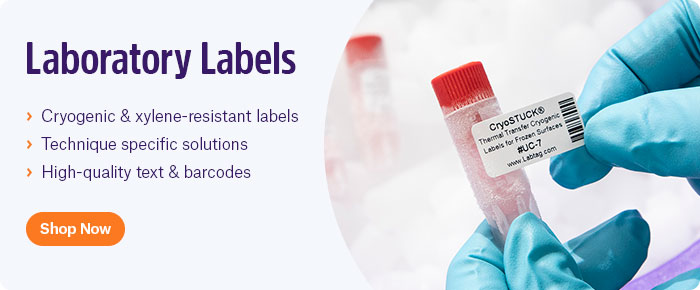
Walk onto a random city bus and you’ll likely observe a sea of people glued to their phones, perusing social media. Staying connected is extremely prevalent throughout today’s society, and science is no exception. Scientists are now engaging with online platforms to connect with other like-minded individuals, to espouse their research, and to stay in the loop when it comes to new developments and discoveries. When using social media for your own lab’s advantage, many helpful steps can make the difference when trying to broaden one’s reach online, regardless of the type of lab you’re running.
Identify the “why”
Devising clear and concise goals is a requirement for any effective social media strategy. It’s one thing to post a few photos to Twitter, but without a specific purpose in mind, it won’t move any needles. It’s recommended to utilize SMART criteria when delineating goals: specific, measurable, attainable, relevant, and time-based.1 For labs, some ideas of specific goals might include attracting new graduate students and/or post-doctoral fellows for employment. Labs might also want to use social media to disseminate their research, promote social engagement to their cause, and obtain feedback from other experts. Additionally, social media can be an excellent outlet for recruiting subjects to participate in ongoing studies.
Tailor interesting content to your audience
Once you have a purpose and a specific audience in mind, it’s time to create content. Videos and podcasts are often the best ways to engage others on social media, as they can be viewed quickly while on the go, regardless of your intended audience. This format might be especially useful if you’re trying to connect with other busy professionals, like primary investigators and medical professionals.
Blogs and other long-form written content can also help disseminate information, particularly when explaining the specifics of your lab’s research. When writing blogs, always be sure to break down information into discreet sections, providing either step-by-step instructions or bite-sized chunks of information, making it easier to read and absorb critical messages.
Select appropriate social media platforms to share content
Options in the current social media environment are plentiful, from large platforms like Facebook (now named Meta), Instagram, LinkedIn, TikTok, YouTube, and X (previously named Twitter) to smaller ones like Reddit and ResearchGate. The first thing to consider when selecting which platform(s) to use is the type of content you’ll distribute. While videos are great for Facebook, TikTok, LinkedIn, X, and Reddit, ResearchGate does not support them. Similarly, blogs are not a great choice for Instagram posts.
The selected platform should also represent a relatively large hub for your audience; for instance, ResearchGate is focused on fellow scientists, often working in academic labs, while LinkedIn supports all scientific, medical, and industrial professionals. When addressing the general public, Facebook, Instagram, and X might be optimal choices.
Check what others are posting
It’s always worth getting an idea of what others are doing, just as one would do in their own field of scientific research. This can help generate new ideas for posts and allows you to verify that your intended audience is available and interested in what you’re likely to post about. If possible, it pays to interact with influencers and other popular professionals in your field, who can potentially help garner views from their own crowd to your videos, blogs, and other content.
Use hashtags and links
Hashtags represent the primary method to help others find your posts. There are several best practices to follow when using hashtags, including:
- Use relevant hashtags that can be integrated into the post itself, if possible
- Use a mix of popular and niche hashtags so that your posts can be found in a variety of both broad and specific categories of searches
- Don’t use too many hashtags, as this will make your post resemble spam rather than a focused, valuable post
- Follow trending hashtags, especially when it comes to high-profile conferences and other events (sometimes, large conferences will even have their own dedicated hashtags that can be used to mark the specific event)
Keep the conversation going
Posting consistently is imperative to maintaining an engaged community, whether that means posting once a day or once a week. Consistent posts are what keep subscribers and followers coming back. In addition, once you’ve begun to broaden your reach, it’s necessary to keep conversations going with those who comment on your posts. These individuals will ultimately form the basis of your social media following, providing clicks and input that will encourage others to do the same. One of the main goals that every lab utilizing social media should strive for is to form a community, as this will help expand your reach and help accomplish all other goals associated with using your chosen platform(s).
LabTAG by GA International is a leading manufacturer of high-performance specialty labels and a supplier of identification solutions used in research and medical labs as well as healthcare institutions.
Reference:
- Davidson MM, et al. Creating Clinical Research Impact Through Social Media: Five Easy Steps to Get Started. Perspect ASHA Spec Int Group. 2022;7:669-678.


